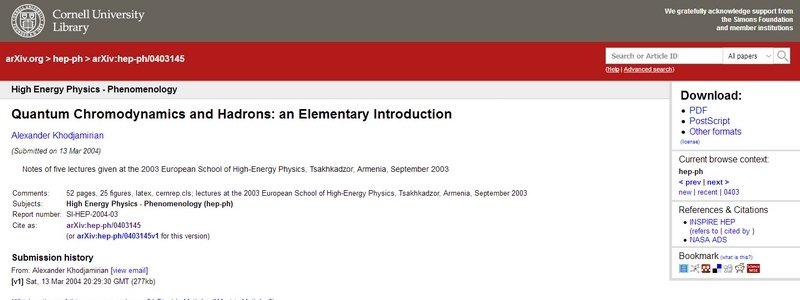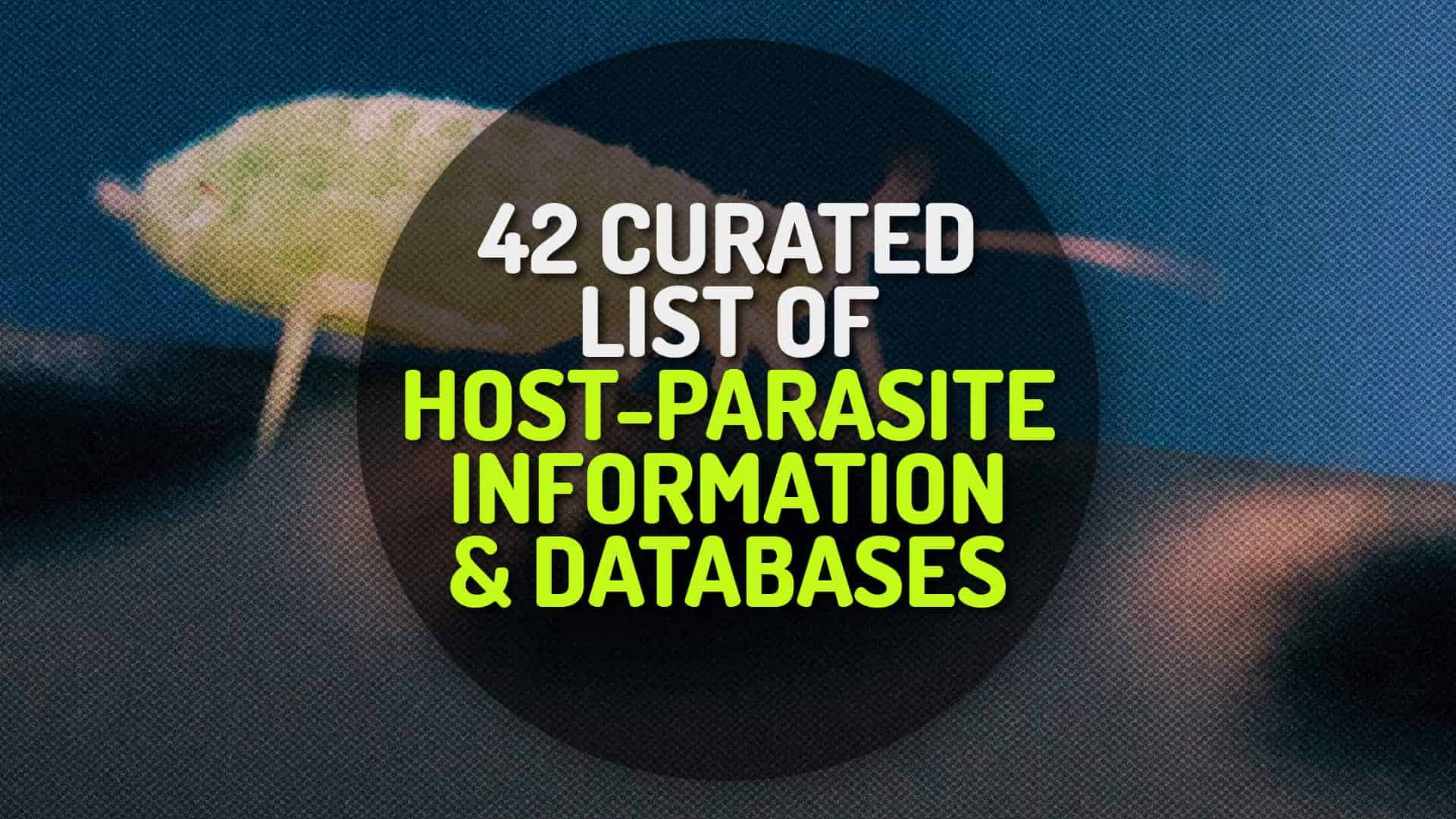In these lectures I will discuss the quark-gluon ‘corner’ of the Standard Model, introducing the basics of Quantum Chromodynamics (QCD), the theory of quark-gluon interactions. Throughout this survey, the main emphasis will be put on the relation between QCD and hadrons, the observed bound states of quarks. This first lecture is devoted to the basic properties of the quark-gluon interactions. I will frequently refer to Quantum Electrodynamics (QED), the more familiar theory of electromagnetic (e.m.) interactions, which is a useful prototype of QCD.
One would expect that gluon exchanges generate a Coulomb-type interquark force, similar to the usual attraction/repulsion between the electrically charged particles. In reality, quark-gluon interactions are far more complicated. In particular, since the colour charge has three components, quarks can change their color states after emitting/absorbing gluons. Hence, due to the colour conservation, gluons also carry colour quantum numbers, and, as a result, interact with each other. In fact, it is the gluon self-interaction that makes QCD-dynamics so peculiar. Yet QCD has one basic property in common with QED. Both theories have specific ‘internal’ symmetries, named local gauge symmetries





